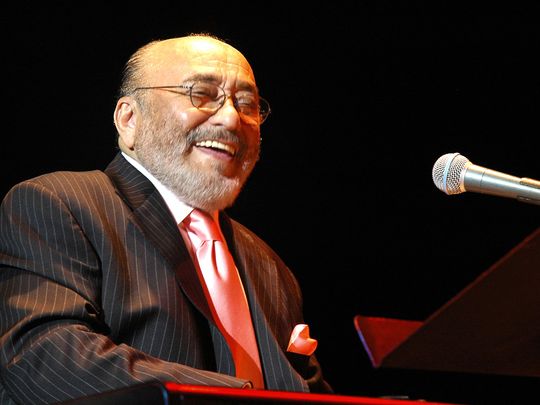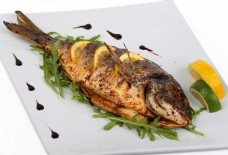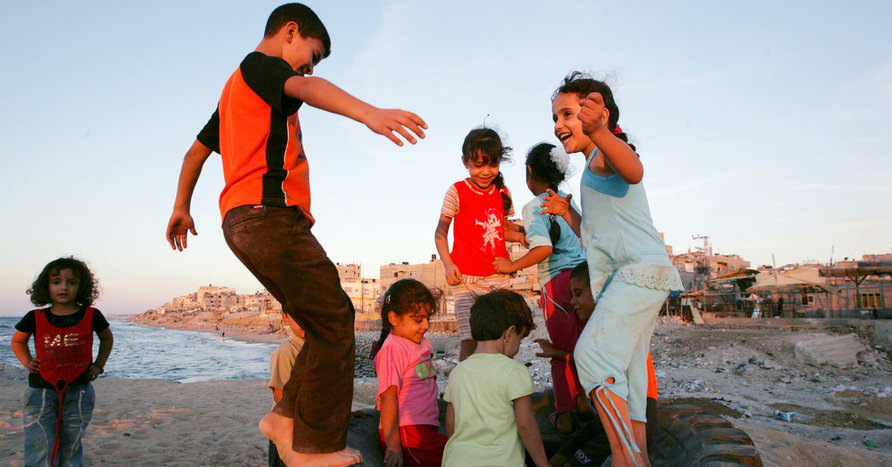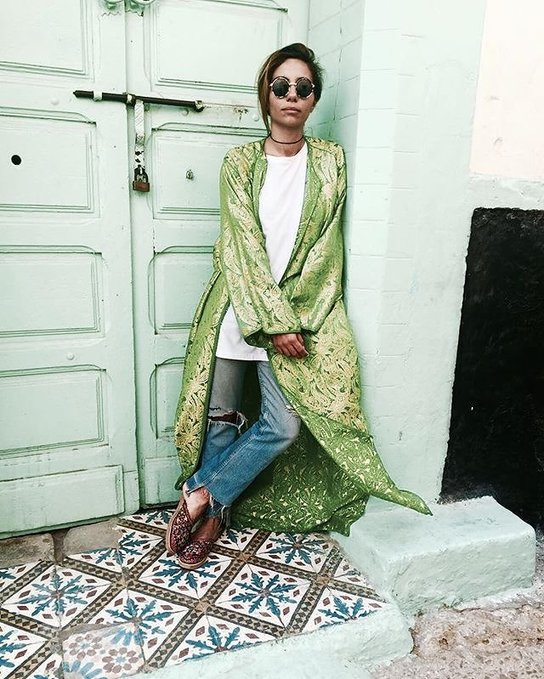
Mark Stryker,
Detroit Free Press
We don’t just talk about diversity in Detroit. We live it.
The 24th annual Concert of Colors, which unfolds Thursday through Sunday at five venues, nearly all clustered in Midtown, is one of the best pieces of evidence. Sponsored by the Arab American National Museum, the free festival features about 35 events that span a dizzying array of cultural traditions. Among them: Eddie Palmieri’s Latin jazz, King Sunny Ade’s Nigerian JuJu, Brown Rice Family’s eclectic roots melange, Mama Sol’s hip-hop, Fred Penner’s folk music for children, Astrid Hadad’s Mexican cabaret music and Yuna’s Malaysian pop.
And the beat goes on. Reggae, calypso, blues, rock, jazz, salsa, indie pop dance, spoken world, film, food, children’s activities and carnival games are all on the docket. Top Detroit musicians share the bill with the international headliners.
The festival opens with a forum on community, culture and race at 6:30 p.m. Thursday at the Arab American American National in Dearborn. Journalist Martina Guzmán will moderate, and the panelists of artists and activists include, among others, Sacramento Knoxx, Naim Edwards and Nada Odeh. The major music performance venues in Midtown are the Max M. and Marjorie S. Fisher Music Center (multiple stages, indoors and outdoors), the Charles H. Wright Museum of African American History, the Detroit Institute of Arts and the Scarab Club.
Spoken Word with Joel Fluent Greene, Ajanae Dawkins, Caesar Torreano & Phoenix Eagle: Detroit poet Joel Fluent Greene has organized a reading featuring three charismatic poets who suggest the vitality of the city’s spoken-word scene: 8 p.m. Friday, Charles H. Wright Museum of African American History.
Planet D Nonet: One of Detroit’s stalwart jazz ensembles and a dynamic party band, the Planet D Nonet offers an “African Township” program including music of great South African musicians, among them Abdullah Ibrahim, Hugh Masekela and others. 9:30 p.m. Friday, Scarab Club.
King Sunny Adé: The ebullient and influential Juju music of guitarist-singer King Sunny Adé, an Afropop pioneer, marries traditional Nigerian rhythms and African melodic material with Western instruments and styles, among them synthesizers and pedal steel guitar. With a 17-member ensemble of musicians and dancers. 5:30 p.m. Saturday, Orchestra Hall, Max M. and Marjorie S. Fisher Music Center.
Britney Stoney: A compelling singer, songwriter and guitarist and 2014 Kresge Artist Fellow, Britney Stoney brings soul-inspired vocals to original material whose sense of themes and poetry have a storytelling quality associated with folk singers. 6 p.m.Saturday, outdoor stage at Max M. and Marjorie S. Fisher Music Center.
Eddie Palmieri Salsa Orchestra: One of the true innovators in salsa and Latin jazz, pianist and composer Eddie Palmieri, 79, created his own fiery take on the Afro-Caribbean and Puerto Rican dance music tradition and then increasingly pursued sophisticated jazz-influenced hybrids under the sway of such heroes as pianist McCoy Tyner. 8 p.m. Sunday, Orchestra Hall, Max M. and Marjorie S. Music Center.
Concert of Colors
Thu.-Sun.
6:30-8:30 p.m. Thu., Forum on Community, Culture & Race. “Artists Speak: Water is Life,” Arab American National Museum, 13624 Michigan Ave., Dearborn. Reservations here.
6-11:30 p.m. Fri. Midtown venues
1-11 p.m. Sat.-Sun. Midtown venues
Midtown venues:
Max M. and Marjorie S. Fisher Music Center, 3711 Woodward, Detroit
Detroit Institute of Arts, 5200 Woodward, Detroit
Scarab Club, 217 Farnsworth, Detroit
Charles H. Wright Museum of African American History, 315 E. Warren, Detroit
Complete schedule and other details: www.concertofcolors.com
Free admission
Source: www.freep.com







